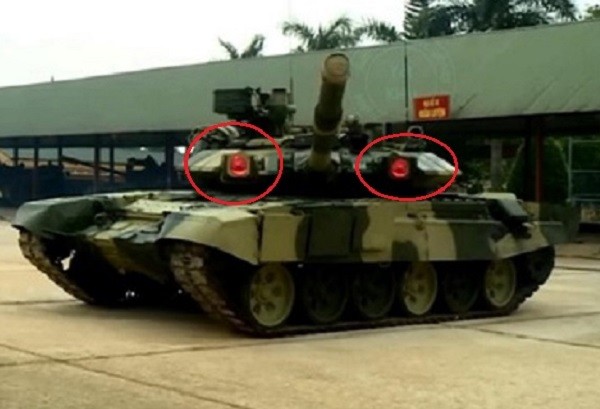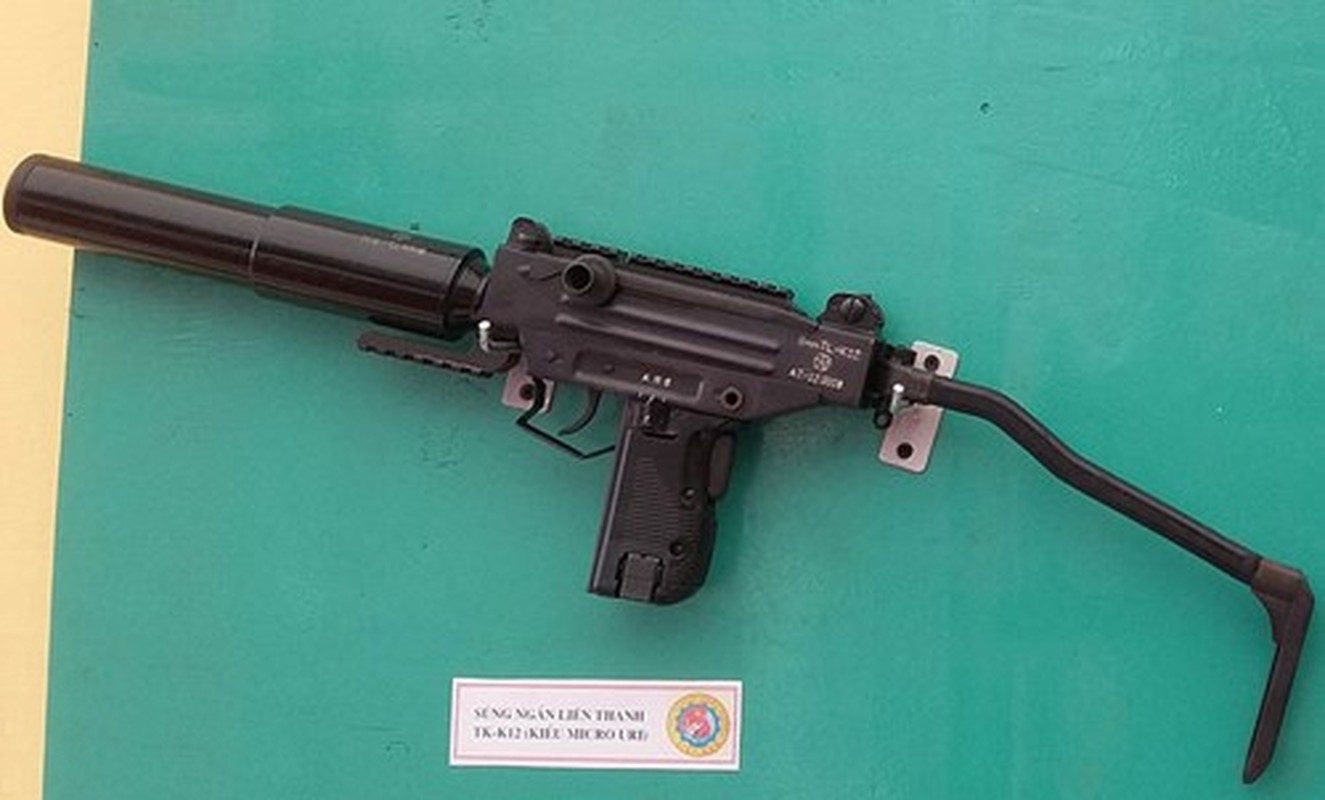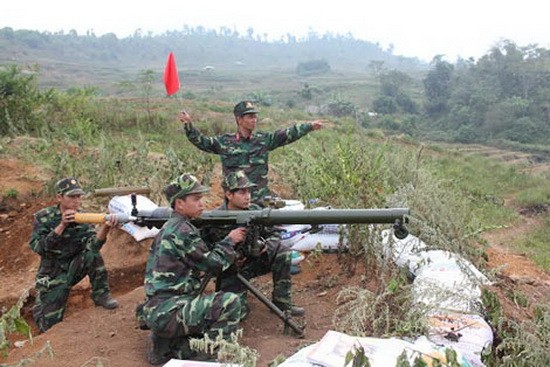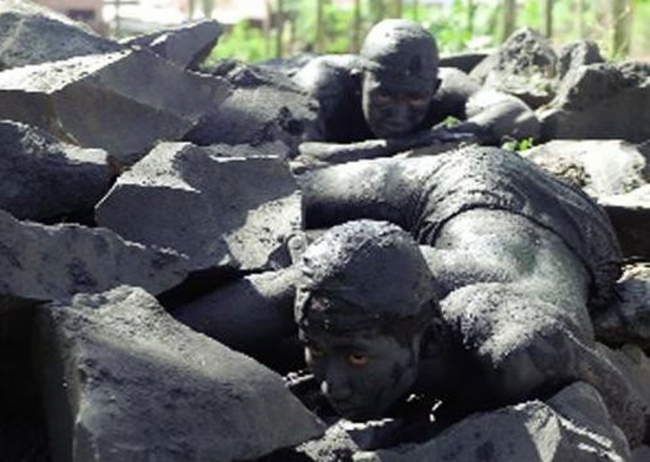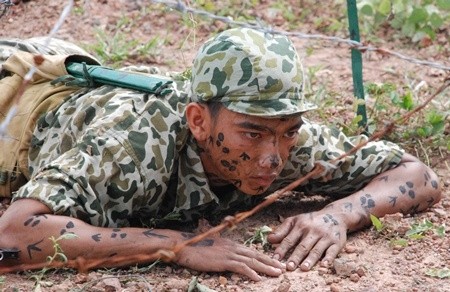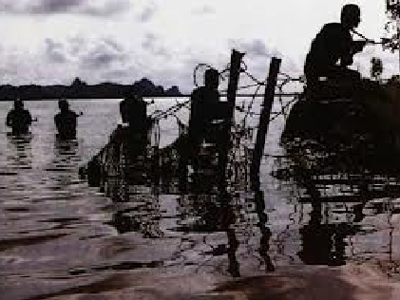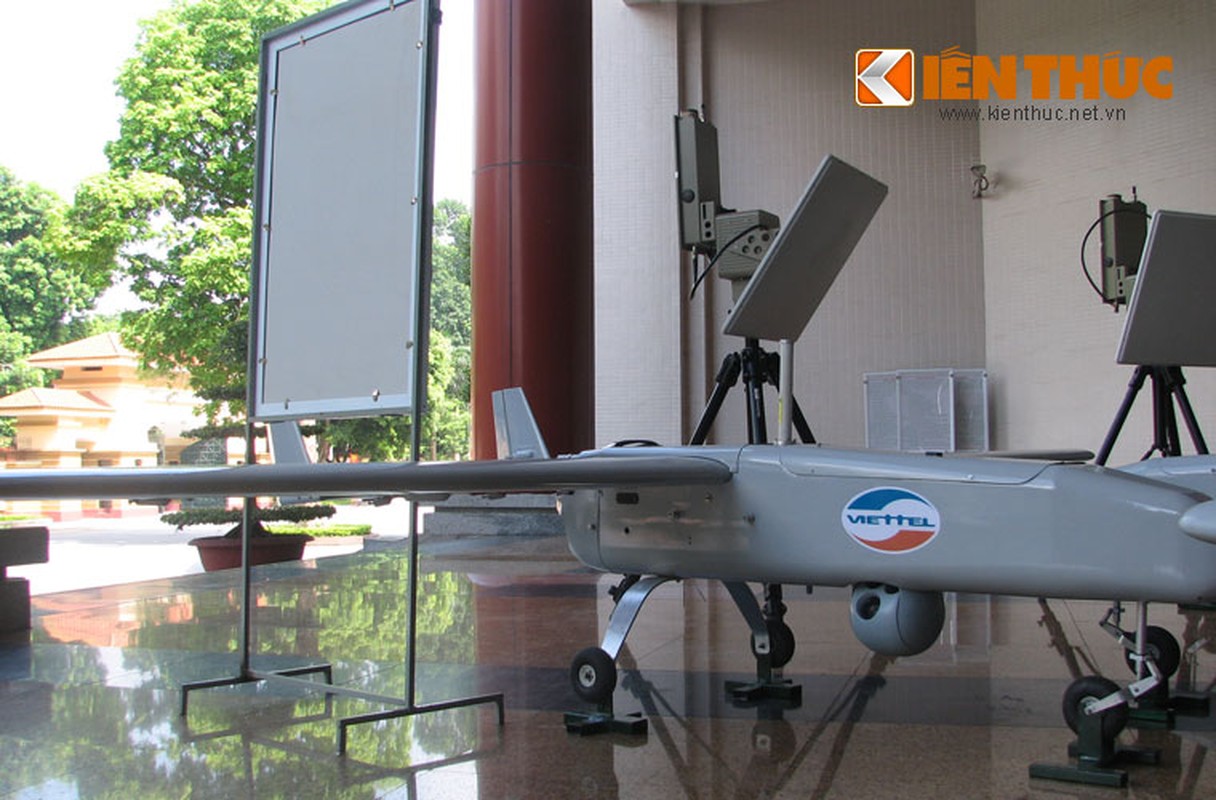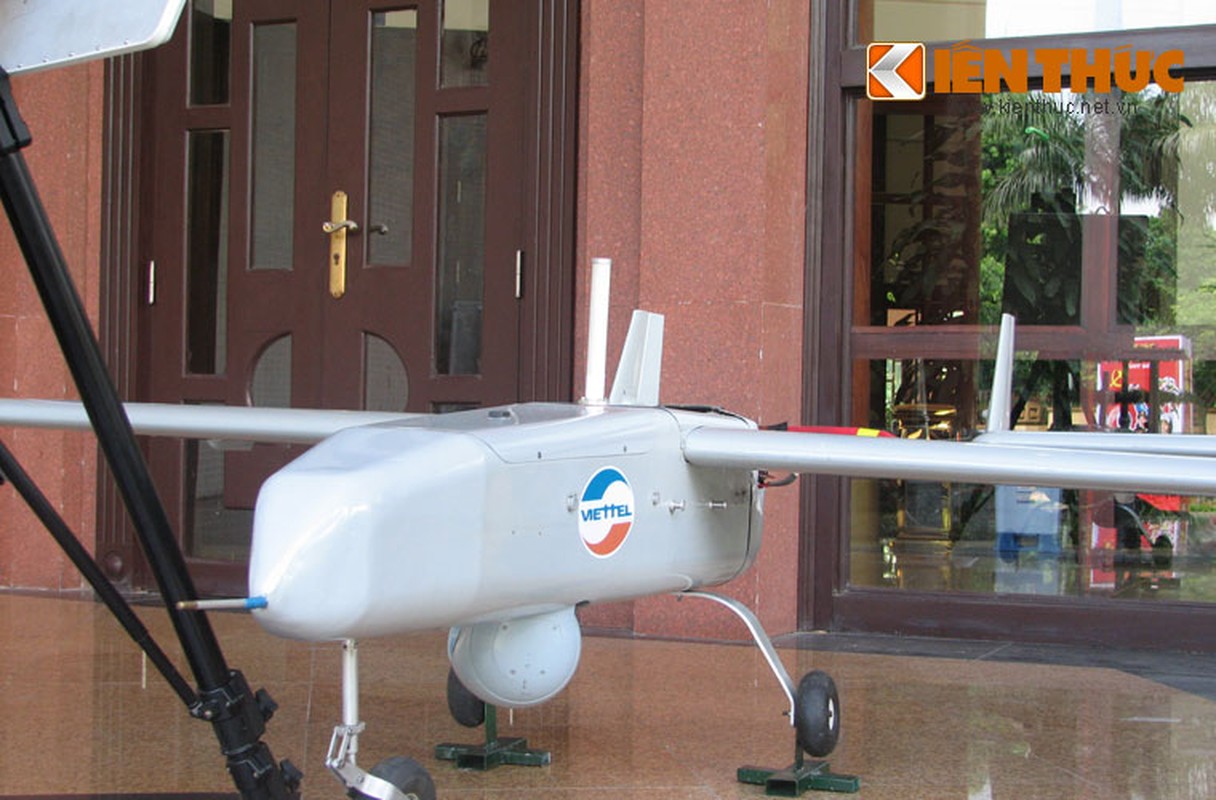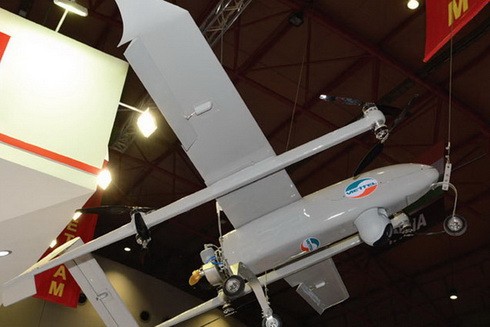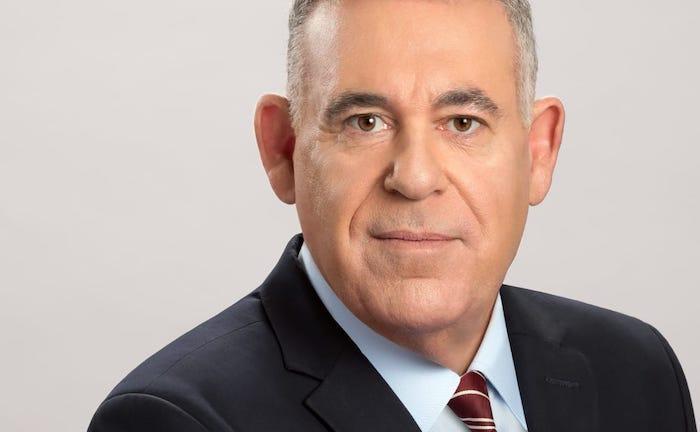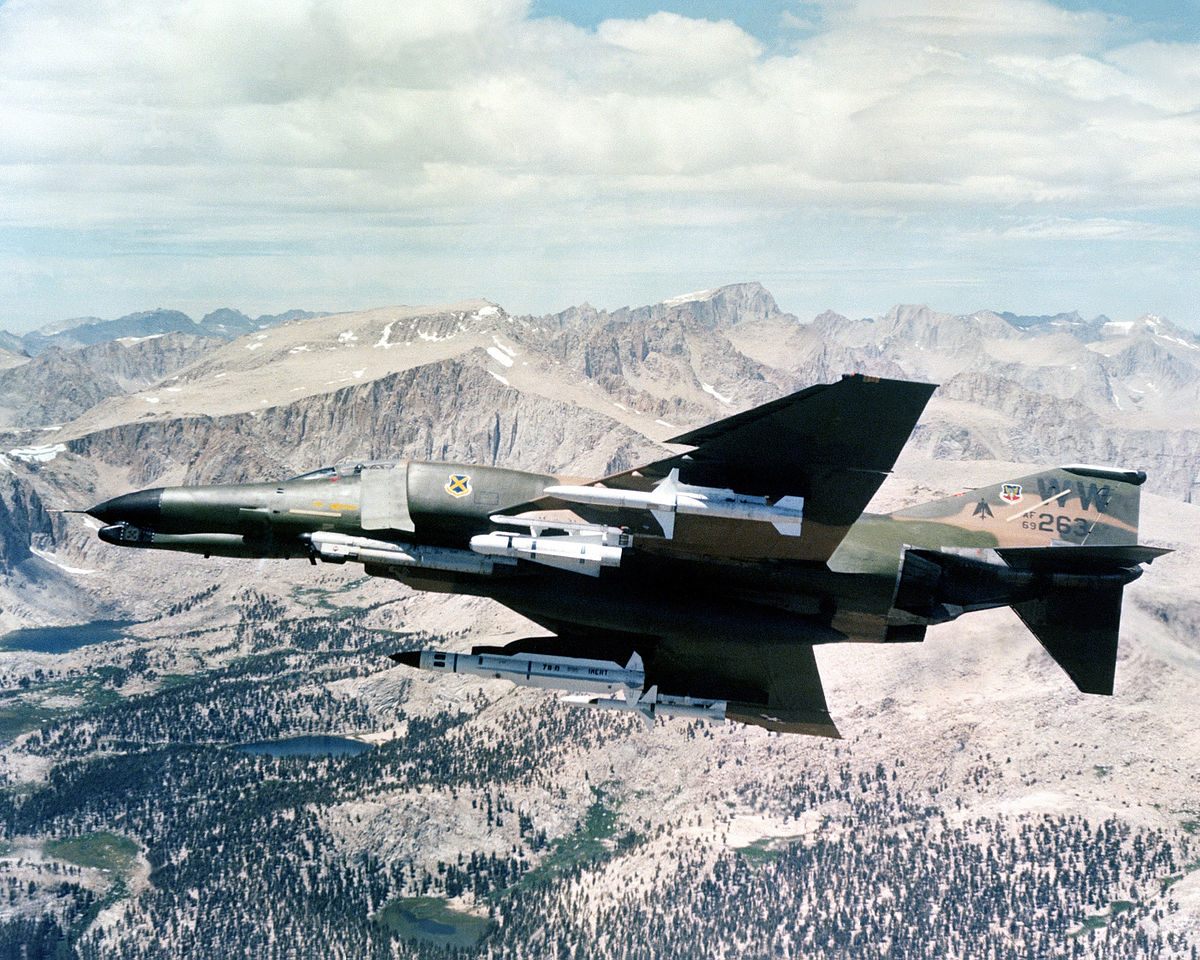Russian newspaper: Vietnamese special forces are so good at fighting 'out of imagination' (I)
'Extraordinary'
Vietnam in the 20th century experienced four major and fierce wars to fight for independence and
defend the country against France (1944-1954), the US (1967-1975), and against the genocidal gangs of Pol Pot, who massacred 3 million Cambodian and thousands VNese . (1975-1978) and VN-CN border war (1979-1980).
With revolutionary military doctrine in modern warfare, the person who built the basic foundation was President Ho Chi Minh, who brought Vietnamese military doctrine to the level of art, General Vo Nguyen Giap, form a theoretical system of armed struggle in modern war conditions. The terrain of Vietnam seems to be very suitable for an all-out conquest of the superpowers, but it is very difficult for the belligerent forces.
Vietnam's military doctrine is based on the strength of patriotism, the ultimate goal is territorial integrity, thereby forming and developing armed forces to achieve that purpose, strategic thinking and The ideology guiding the campaign, the tactics oriented to the immediate task and the direction of further development are also aimed at territorial integrity. Since then, special forces have arisen to meet the actual requirements of the battlefield and the target audience. Forming flexible and creative military art through each period.
The Special Forces, in some respects, were formed and developed from the Vietnamese military doctrine. Due to having to fight against a much stronger enemy, the initial theories of military thinking were formed from guerrilla warfare, the dialectical development of the armed forces based on the main force. Regulations and guerrilla warfare have formed special operations units – special forces (performing special work). And its effectiveness has appalled the most skilled military forces.
From the training programs of Team Six, SFC Switzerland, GSG-9 of Germany, SBS Navy of the UK, Seal of the US Navy, Denphil force, Vampel of Russia, it is possible to see very special imprints. of Vietnamese Special Forces, which are the ability to secretly infiltrate, the ability to penetrate deep, the ability to sabotage and destroy important targets, the ability to survive in extremely difficult environments (rainforest, swamps, rivers, lakes, seas, deserts) with endurance beyond human imagination.
Formed and developed in the fierce and fierce war against a military superpower, powerful in both military force and modern means of war, the methods and combat skills of the Vietnamese Special Forces have became a serious threat that always stood with the US military on the battlefield in Vietnam.
Attacks on the most guarded places, special forces destroy military airports, warehouses, harbors, destroy military convoys, prevent and cause heavy losses of military personnel. operations, raiding military bases and capturing or killing high-ranking officers in the US and Saigon armies, even the Special Forces - Special Forces conducted fire raids right in the middle of the country. city capital. Commandos - special forces have turned the South into a battlefield with no rear and no safe place for American troops.
Infiltrate the enemy base.
Right from the resistance war for independence and freedom of the Vietnamese nation, the "especially elite" army forces have demonstrated their bravery and effective combat ability against a standing army of professional combatants. Modern French weapons and mercenary forces. The legionnaires are in fact a professional war army with the best and most dangerous combat capabilities of the French army. Comments on the legionnaires by veteran sergeant sergeant Claude-Yves Solange: “It may be too exaggerated to talk about the legionnaires, but in this force that fought were real warriors, not only French, there are Germans, Scandinavians, Russians, Japanese, even some South Africans, Germans and even Russians. All warriors are born for war."
The French army also had special forces, organized from former SS servicemen, who fought on the battlefield into commando brigades that penetrated deep into sabotage and attack. Although the Viet Minh army did not have modern means of war, they did have other extremely powerful weapons. The Viet Minh soldiers had a deep understanding of the terrain and secret and unexpected fighting techniques.
At first, the battle was extremely difficult and arduous. In ordinary battles, there were heavy losses of people, under the skillful direction of General Vo Nguyen Giap, Viet Minh troops changed the way of fighting. Admittedly, special forces are highly developed guerrillas, and the Vietnamese are some of the best guerrilla fighters in the world. Special army forces conduct reconnaissance and fight in the enemy's heart, in those troops, typically suicide soldiers with the slogan "death for the country to live". Those are the soldiers on the defensive lines of the enemy posts, they carry explosives (explosion) and open the way of attack for the attacking forces, the doors open through the barbed wire fences. , anti mines and dense nets of machine gun bullets are always soaked with the blood and courage of suicide soldiers.
The initial starting method of combat was the Secret Exercise (secretly infiltrating the post defense system) combined with the Cuong Tap operation (using the concentrated force of the outpost). During these periods, the first two brigades of ground commando were formed, the 112 and the 113. Combined with ground operations was the development of water commandos to attack the enemy's river transport routes, especially in the South Vietnam area, where there are many rivers and canals, transportation and fire support.
Fierce battles on the southern rivers have formed the first special forces "Rung Sac". Their victories broke all war intentions and brought the Vietnamese Armed Forces from victory to victory bigger and bigger. The years 1953 -1954 were the years of the strongest development of Viet Minh special forces when small forces, well equipped and with perfect combat skills, from the Southern battlefields attacked strongly. into the defense units of the French army. They inflicted heavy losses on troops, and successive attacks on airfields, military depots, military convoys and transport routes across the country completely destroyed the alliance. General Nava's ambition to build 18 strong mobile corps and push the French army into a final battle at Dien Bien Phu, ending the war in Vietnam.
Special Forces of the South with the oath of Death.
Especially elite, illustrious of victories
After the illustrious victory of Dien Bien Phu, along with the orientation of building a regular army, the commando reconnaissance units made strong initial steps. At the end of 1959 and early 1960, a decision was made to build an airborne landing task force, the first 305th parachute brigade of the Vietnam People's Army, based in Bac Giang. The parachute force consists of core special forces officers, trained in China, after that, special operations officers were assigned to a parachute brigade and conducted training and combat practice with the enemy. Soviet coaches (5 specialists). The political struggle for the implementation of the Geneva Accords in the South turned into armed uprisings and wars of liberation.
From the North, special forces marched along the historic Ho Chi Minh trail, approached the southern battlefield, built special forces and commandos on the spot on the battlefields. Since then, regular special operations units of the South Vietnamese People's Liberation Army were formed, semi-regular units (guerrilla militia) throughout the South. Trained in battle zones, the commando's combat techniques were developed and replicated throughout South Vietnam, from infiltrating enemy bases in many forms, transporting weapons and weapons to the rear. From inside the enemy's heart to unexpected secret battles, special forces formed in all branches of the battlefield, divided into two or three tactical models of force organization - commando reconnaissance, special forces and special forces.
Commando reconnaissance forces usually operate in the formation of a combined service unit, performing reconnaissance missions and, when necessary, ready to launch offensive attacks to initiate a battle. Marine and ground commandos have independent or dependent battles, are a separate army, special forces are semi-regular forces, concentrated mainly in the enemy's rear, special forces can carry out missions ranging from tactical operations intelligence, attacking important or politically significant targets (key enemy figures) to sabotage operations, taking prisoners and support propaganda campaigns.
In February 1964 alone, there were 7 attacks to destroy dangerous objects of the Saigon government and the US army, the attacks of the commandos even aimed at the important figures of the Saigon government. The US such as US Secretary of Defense Robert McNamara, General William C. Westmoreland-Commander of the US Military Advisory Command in South Vietnam right at Tan Son Nhat airport. The attacks of Vietnamese commandos took place everywhere, including areas considered to be the best and most secure military bases in the world such as Long Binh General Warehouse, Tan Son Nhat airport. , hotels reserved for high-ranking American officers and finally the US embassy in Saigon was attacked on March 30, 1965.
The combat objectives of the special forces of the armed forces (Special Forces, Reconnaissance Engineers, Artillery - Missile Commandos) are mainly aimed at harbor treasures and military bases, especially the airport. - which was the main fire support and also the strongest advantage of the US army on the Vietnam battlefield, the first battle on Bien Hoa airport from October 31 to November 1, 1964 caused heavy losses to the army. US, destroyed 15 aircraft, killed many US soldiers, followed by ambush and Holloway camp near Pleiky 7-8 February 1965 (8 US servicemen died, 106 wounded, 5 helicopters destroyed. cancel).
In consecutive attacks on technical and logistics warehouse bases such as the attack on Esso gas depot on August 5, 1965 in Da Nang, 10 million liters of gasoline were burned, losing 40% of the total US petroleum reserves. in Vietnam. In addition, the special forces also conducted shelling on the field airfields, command posts and important places of Saigon city, such as the mortar fire drill on October 27. 1965 combined with secret exercises destroyed dozens of combat helicopters at the base Mably Mauthen near Phu Bai of the US Marines.
Nha Be gasoline depot (near Sai Gon) burned down in 1968.
to be continued
TPO-Khả năng bí mật đột nhập, luồn sâu đánh hiểm, sống còn trong môi trường khốc liệt với sức chịu đựng ngoài sức tưởng tượng, đặc công Việt Nam khiến cho các lực lượng quân sự thiện chiến nhất phải kinh hoàng.

tienphong.vn
